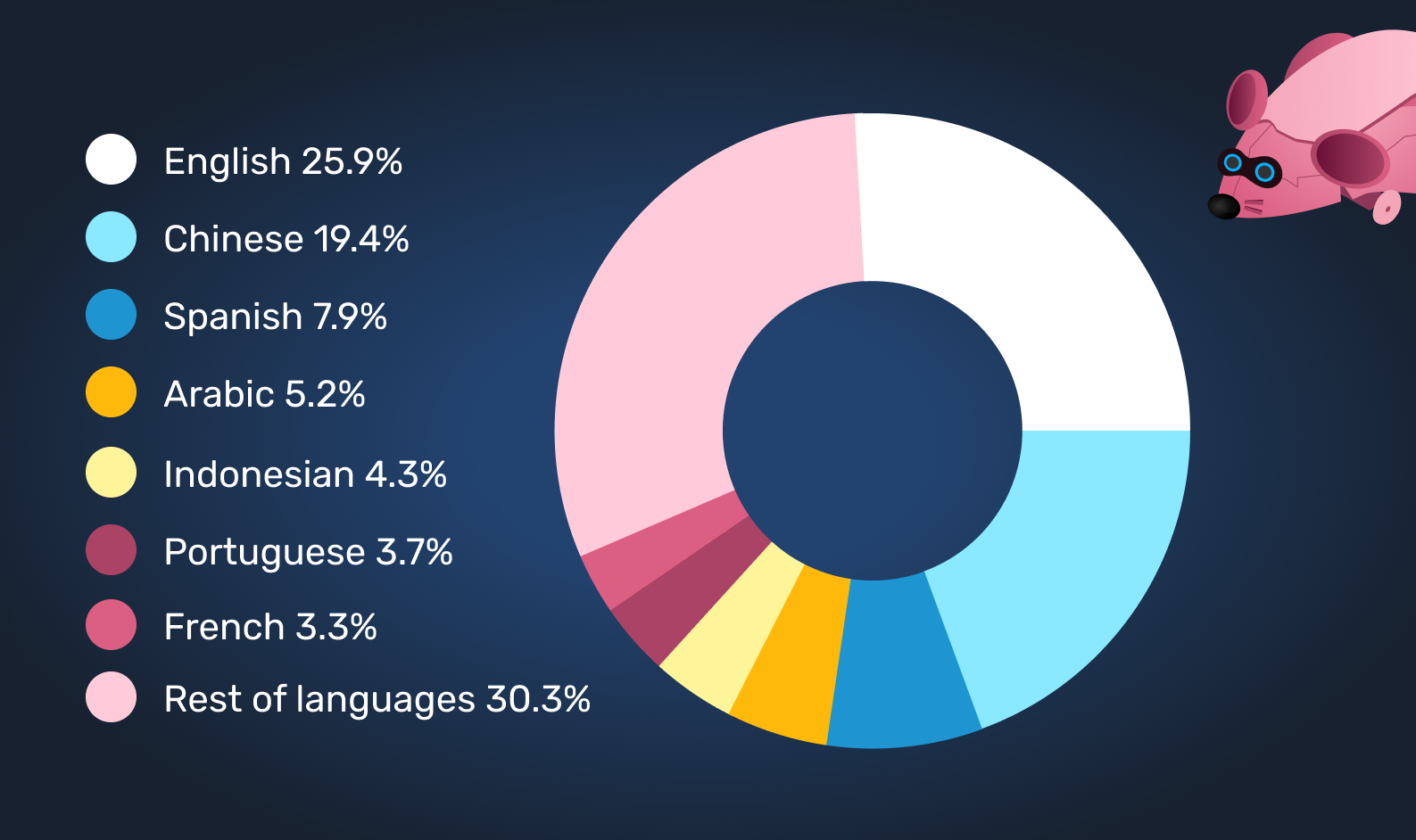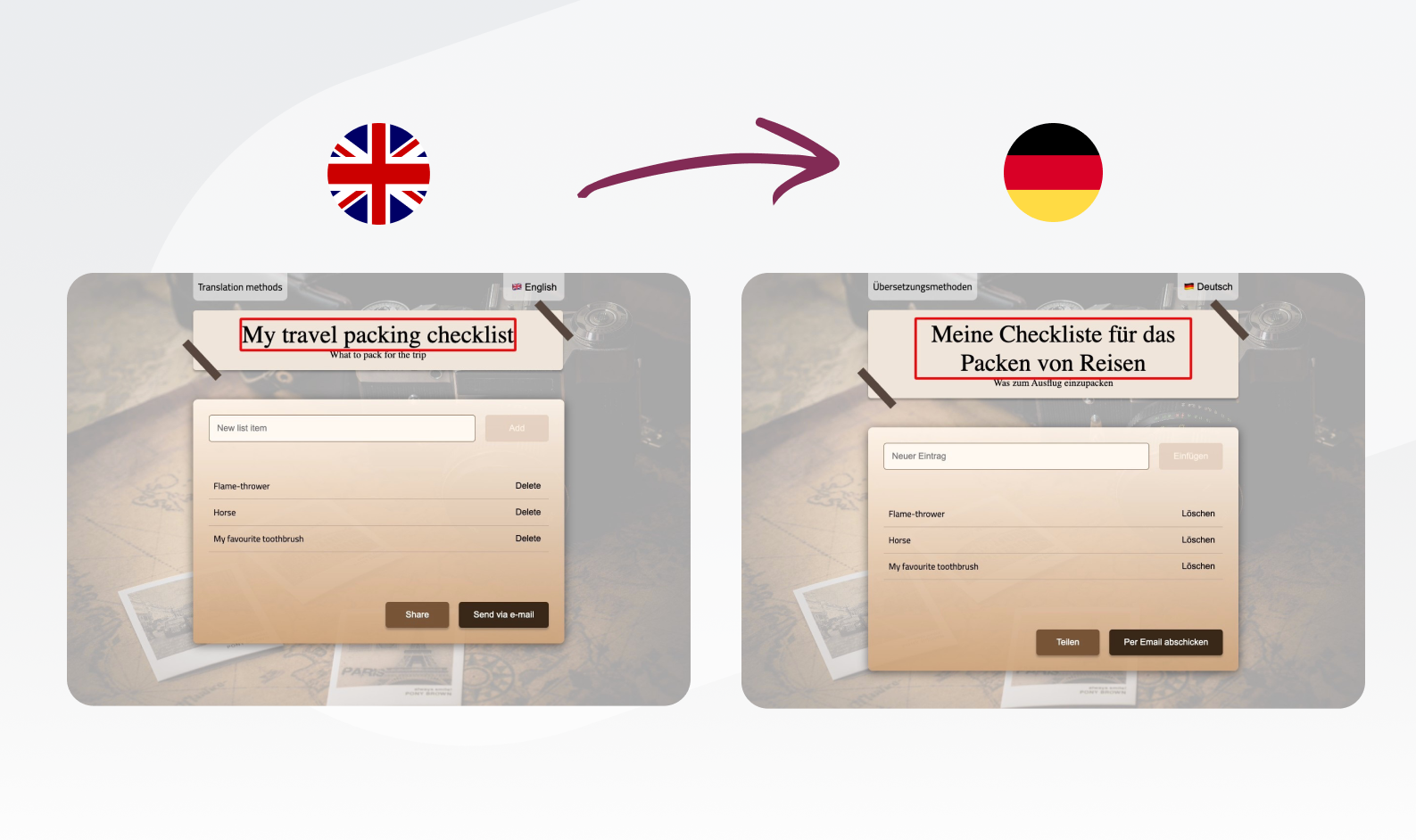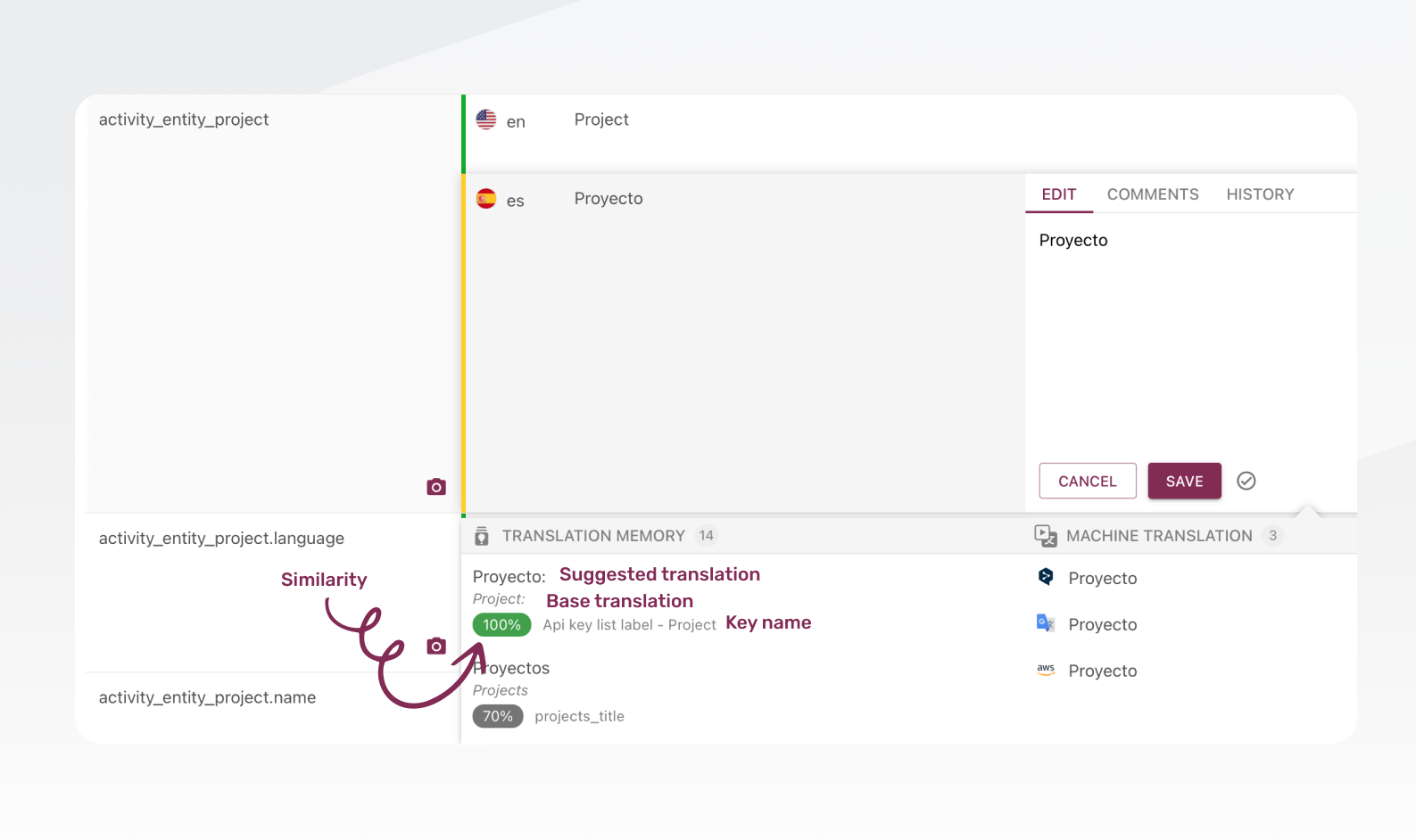Software localization is the process of translating software applications and user interfaces to accommodate users in different geographical regions. By doing this, you can expand your market reach and better serve your international customers. Software localization should be part of your overall strategy if you're considering expanding your business into new markets. Yet, it also brings many challenges during the process. In the second part of the article, we'll have a look at how to overcome them successfully and make the software localization process as smooth as possible.
Why should you consider software localization?
Localization can help you improve your software's usability for users unfamiliar with English or another common language used for developing software applications. You can object that English is widespread enough these days around the world to not to translate your software. Yes, English is the most popular language online, but it still represents only 25,9 percent of worldwide internet users. Chinese was ranked second with a 19,4 percent share and the Spanish language was the third most used language online. In addition, even though certain people understand English, in general, users still prefer using software in their native language. For these reasons, an increasing number of projects in the space are looking to get their software translated into different languages and localized for global communities in order to increase customer satisfaction.

Benefits of software localization
Software localization is the process of making a software product available in different languages and cultures. Good software localization can help your business succeed in international markets by providing localized, thus user-friendly versions of your products. Ensuring the successful localization of your software products requires a comprehensive approach that considers both technical and cultural factors.
Software localization can involve translating the user interface and documentation into the local language and customizing the software to conform to local regulations and standards. By making your software available in multiple languages, you can reach a much wider audience around the world. This can help you better understand and serve your existing customers, who may come from different cultures and speak different languages.
Localization can also be a great marketing tool to differentiate your software from competitors who have not yet made their products available in other markets.
Challenges you may face when localizing your software
Software localization can indeed be a complex process, including many elements and challenges to think of, such as cultural differences, technical constraints, and the cost of translation. However, with proper planning and execution, these challenges can be overcome successfully. Fortunately, many tools and services are available to help you make the whole localization process easier.
If you're considering localization for your software products, there are a few things you should keep in mind to ensure a successful outcome. Let's get through some of those challenges, and we will also demonstrate how to overcome them with Tolgee, an i18n open-source tool and localization platform.
1. Translation expansion
The first challenge you may face when localizing your software is ensuring that the translated text fits within the available space on the screen. When designing software, developers can account for the differences in length between languages to guarantee that translated text is visible in software interfaces, even if it is longer than the original. Text expansion or contraction occurs when the target language (the language you translate into) occupies more space than the source language. In some languages, it just takes more words to make the same statement. Here are some examples:
- English to German 🇩🇪 text expands by 10-35%.
- English to Finnish 🇫🇮 text shrinks by 25-40%.
- English to Spanish 🇪🇸 text expands by 20-25%.
To make sure all the text fits correctly to your UI, you should check how the translations look directly in your app. Tolgee makes this easier with the Tolgee tools plugin. You can translate your web application more effectively with the Tolgee plugin, which is an integral part of Tolgee ecosystem. With the Tolgee Tools plugin, you can also modify translations live on your page to see the location of all translations. This way, you will find out how exactly the page will look with the newly added translation and how the translation expanded or shrank.
 To tackle this issue with translated text expansion or shortage already in the designing phase of your app, you can use Tolgee Figma plugin. You’ll be able to make your design localization-ready right from the start and make collaboration between designers, translators, and developers way more efficient. With Tolgee’s Figma plugin, the localization team can save time, simplify collaboration, and reduce errors in their localization process.
To tackle this issue with translated text expansion or shortage already in the designing phase of your app, you can use Tolgee Figma plugin. You’ll be able to make your design localization-ready right from the start and make collaboration between designers, translators, and developers way more efficient. With Tolgee’s Figma plugin, the localization team can save time, simplify collaboration, and reduce errors in their localization process.
2. Right-to-left languages specifics
Another challenge may arise while localizing right-to-left languages such as Arabic, Hebrew, or Persian. The different text flow can affect page layouts, user experience, and other aspects of your app. You have to make sure that those languages are correctly set to display.
Tolgee Chrome plugin may help you in the translation review phase to see how the final localized app will look like. Tolgee currently supports right-to-left (RTL) languages; however, we plan to make it even easier with a visual editor in Q3/2023. It will do the work with HTML characters and special characters in RTL languages a piece of cake.
3. Accurate translation
Another challenge you may face when localizing your software is ensuring that all text is accurately translated. The best outcome you would certainly get is by hiring a professional translator.
However, not all people want to make such an investment and prefer machine translations. Also, machine translations are currently not at the stage when they can translate software solely on their own with perfect results. If you use machine translation and even if you choose suitable MT provider, you better ask a translator or native speaker to review the translations. You can learn how Tolgee can help you with MT translation in this article.. You can also find out how machine translation (MT), Translation memory (TM), and auto-translation of new keys work in the Tolgee localization platform in our Youtube video.
4. Lack of context of translations
Context plays a crucial role in software localization and is necessary for accurate translation. Even if you hire the best translators, they can make mistakes if they don’t have all the needed information.
Translators rely significantly on context as it helps them understand the meaning of the text they are translating. Unfortunately, translators still often receive software strings in spreadsheet form with zero context. To get accurate translations of your app, make sure to provide translators with the necessary context. Context is genuinely a gamechanger in the software localization.
First, Tolgee can offer context in the form of automatic screenshots to provide a visual context for the text that needs to be translated, making it easier to understand the meaning and intent. Second, an in-context translation feature can bring even more value to the whole localization process as it enables to translate directly in your app just with one click with all the context needed.
5. Formatting issues
To make your software usable for customers in different regions, it’s not enough to simply translate the text. You must also account for formatting differences and conventions for writing dates, times, numbers, addresses, and currency. Hard-coded date, time, or currency formats will cause trouble during the localization process, as languages and countries use different date and time formats.
Tolgee deals with formatting issues using the ICU (International Components for Unicode) message format. ICU also provides a lot of other helpful functionalities, such as advanced pluralization or selection rules.
6. Inconsistency of translation
For instance, a word, term, or expression that is repeated throughout your app can be translated in different ways, which can generate inconsistency, confusion, and various interpretations for the user. For example, is it “Login” or “Log in?” “Next” or “Forward”? If you want to ensure consistency in your app and make easier work for your translators, translation memory (TM) comes in handy.
Translation memory is a database that stores sentences or segments of text that have already been translated before. In Tolgee, TM searches for similar texts in your project and provides translation suggestions. Each suggestion is based on a different key in the project, and the percentage shows a similarity between these two base translations.

Conclusion
Software localization is the process of translating software applications and products into another language. Localization can be a complex and costly undertaking. Still, it can offer many benefits for your software business, including expanding your market reach and increasing customer satisfaction.
In Tolgee, we aim to reduce time and effort for everyone involved in the process, including developers and translators. With Tolgee open-source tool, we help to overcome software localization challenges with multiple features.
Do you have any suggestions on how to tackle some of the localization challenges better? Let us know or create a pull request on GitHub.

